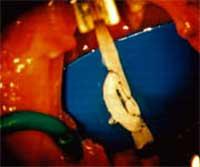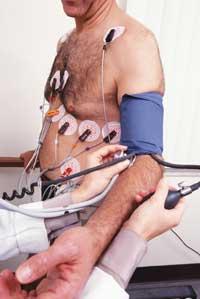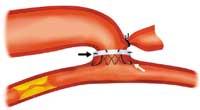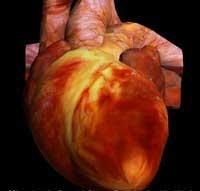Roundabout for heart operations
2001/05/30 Galarraga Aiestaran, Ana - Elhuyar Zientzia
But there is another safer option. According to the work published in the journal Circulation, coronary intervention does not require opening the chest. In addition, the intervention lasts two hours and the patient only has to spend one or two days in the hospital.

This technique, used in 1999 by a group of specialists from the heart of Germany, Japan and the United States, allows to give an opportunity to patients who cannot be treated with previous techniques.
However, the new type of intervention has only been performed on a patient. A 53-year-old man had severe arteriosclerosis that obstructed his heart arteries and could not be treated with angioplasty or normal bypass. Therefore, the blood that must carry the blocked arteries was diverted by the veins of the place. To do this, they took from the artery of the leg to the heart a catheter directed by ultrasound, with which they passed a needle through the coronary artery to the vein. The needle was then replaced by a small tube and special valves and blockers were installed to carry out the work of the artery in the vein.
Thanks to this new technique it is possible to carry oxygenated blood to the part of the heart affected by the poison and it is not necessary to open the chest for the intervention. However, as only one patient has tried, more trials are needed, but this first test opens the door to hope.

Gai honi buruzko eduki gehiago
Elhuyarrek garatutako teknologia






